The motor on my Perfect-10 10 foot dishes 24" Venture actuator is damaged after storage. Looks like some water may have got inside, and froze. I'm rehabbing the dish and mount etc, to replace the 7.5ft SAMI dish I'm using right now. One of the magnets broke away from the wall inside, it's seized up, and I don't think it can otherwise be safely repaired. Anybody got a usable one I can have? Not sure what model this is, IF there's different motor models. I'd say this is at least 20+ years old. I'm including some photos, maybe others that have actually had to work or rebuild these motors have some input as to which one it is, and maybe have a replacement? Please let me know, thanks!
If you also need additional photos of something to better identify the motor, let me know.
If you also need additional photos of something to better identify the motor, let me know.
Attachments
-
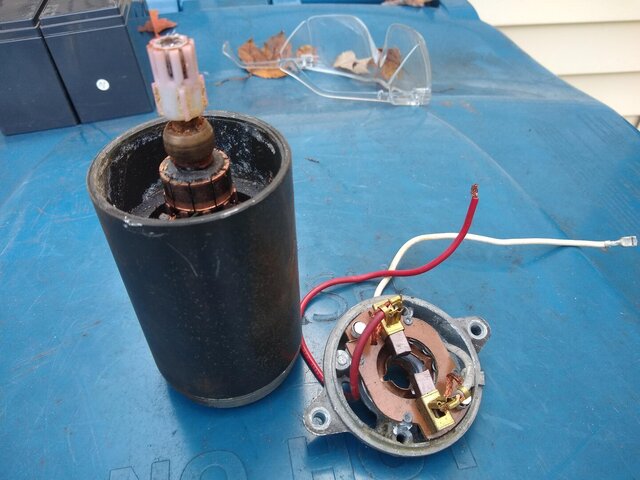 IMG_20211020_160857364.jpg240.5 KB · Views: 235
IMG_20211020_160857364.jpg240.5 KB · Views: 235 -
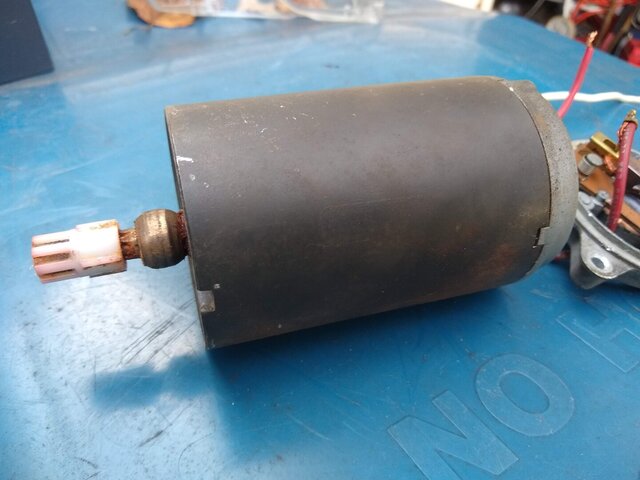 IMG_20211020_161255260.jpg171.9 KB · Views: 205
IMG_20211020_161255260.jpg171.9 KB · Views: 205 -
 IMG_20211020_161149996.jpg248.9 KB · Views: 213
IMG_20211020_161149996.jpg248.9 KB · Views: 213 -
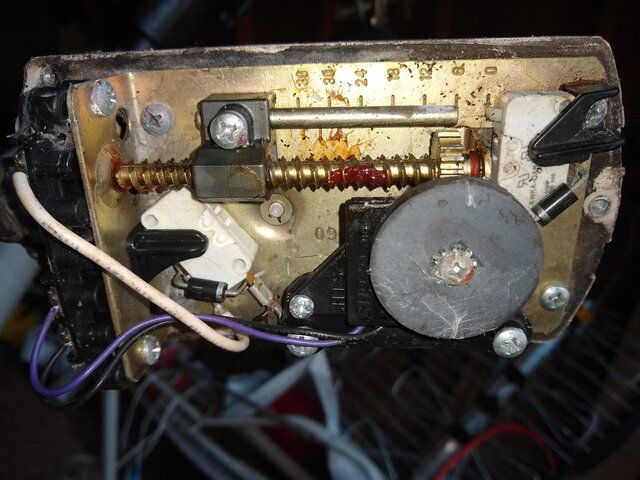 IMG_20211020_161047208.jpg281.1 KB · Views: 198
IMG_20211020_161047208.jpg281.1 KB · Views: 198 -
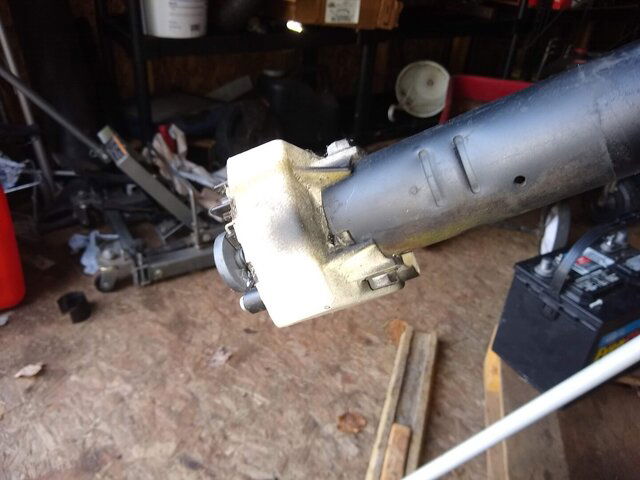 IMG_20211020_161029032.jpg165.1 KB · Views: 214
IMG_20211020_161029032.jpg165.1 KB · Views: 214 -
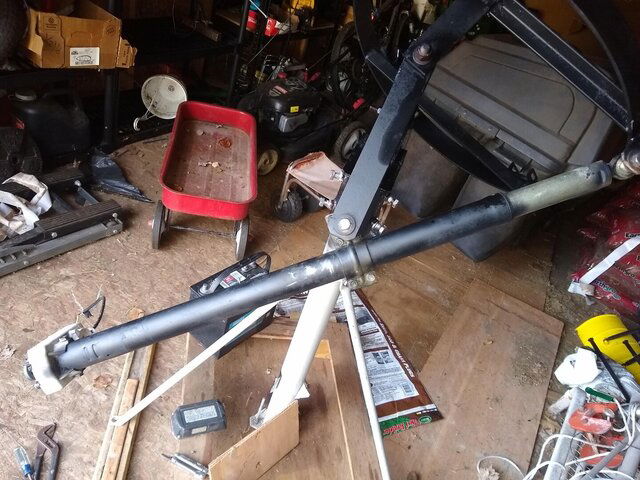 IMG_20211020_161018285.jpg320.5 KB · Views: 207
IMG_20211020_161018285.jpg320.5 KB · Views: 207 -
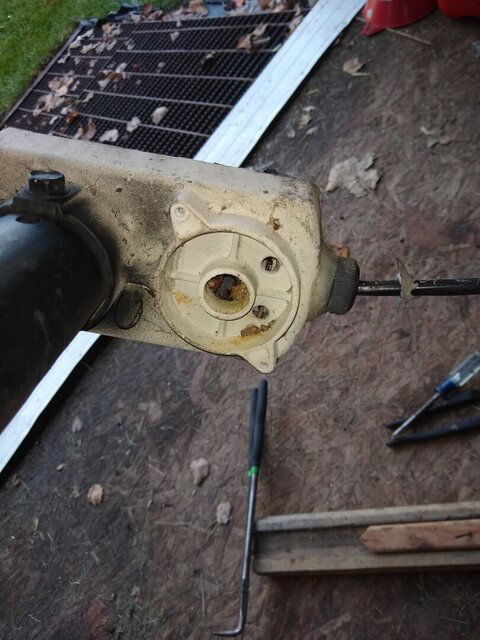 IMG_20211020_161002534.jpg150.8 KB · Views: 208
IMG_20211020_161002534.jpg150.8 KB · Views: 208 -
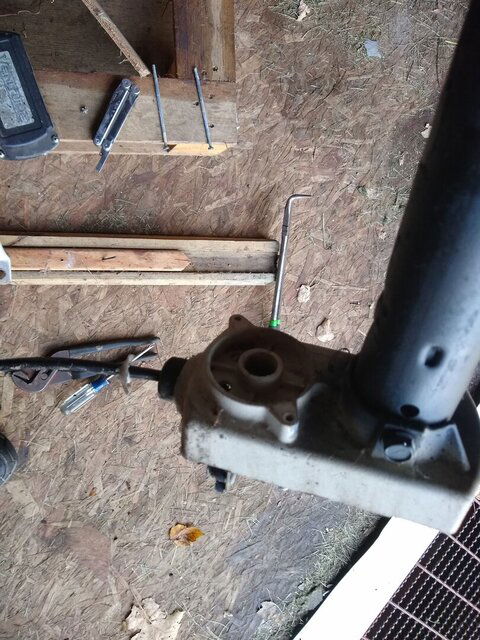 IMG_20211020_160952858.jpg235 KB · Views: 222
IMG_20211020_160952858.jpg235 KB · Views: 222 -
 IMG_20211020_160912467.jpg204.7 KB · Views: 237
IMG_20211020_160912467.jpg204.7 KB · Views: 237 -
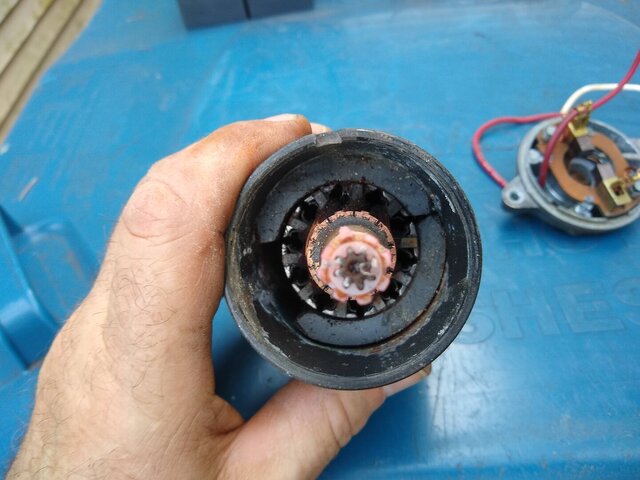 IMG_20211020_160906079.jpg211.4 KB · Views: 226
IMG_20211020_160906079.jpg211.4 KB · Views: 226

